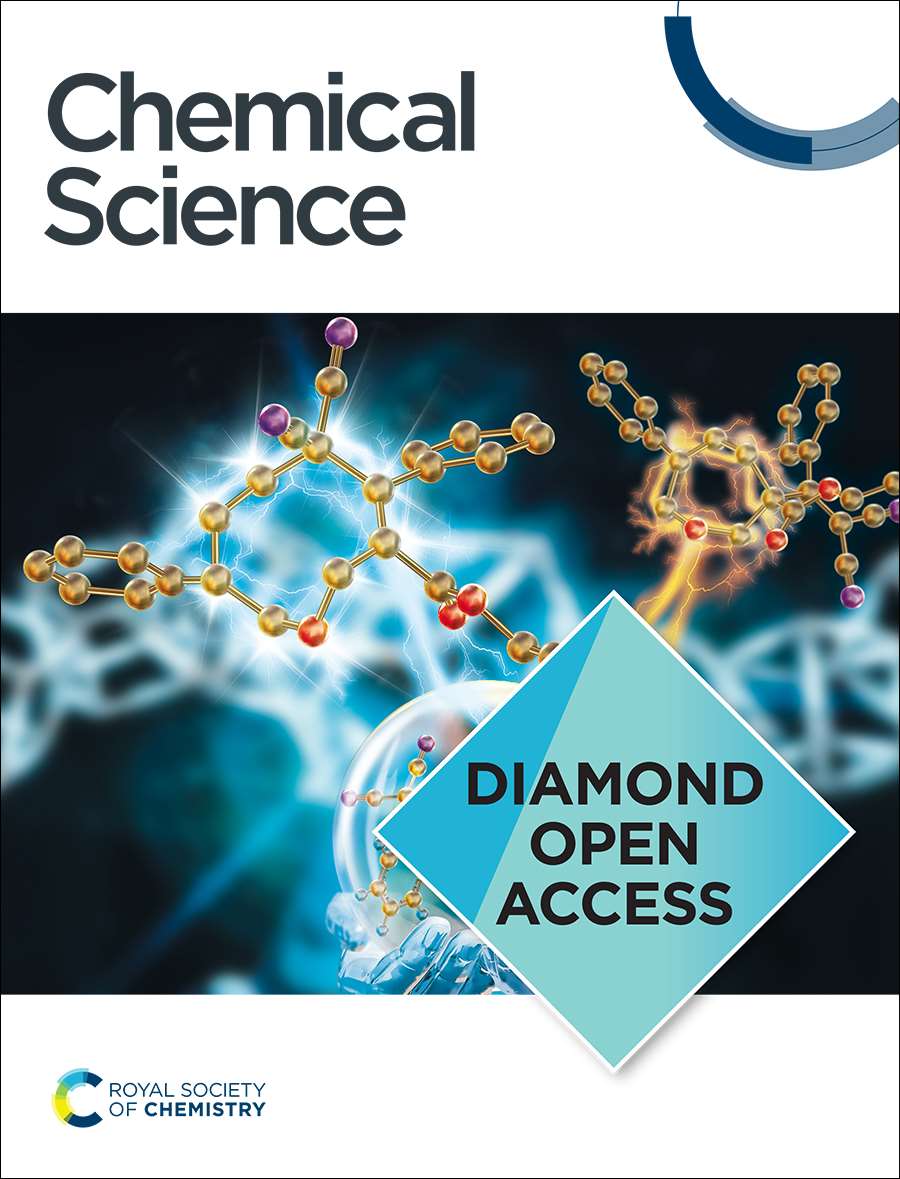Visible Light Activation of C-Cl and C-F Bonds in Persistent Organic Pollutants Using Cerium(III) Triamidoamine Complex
IF 7.4
1区 化学
Q1 CHEMISTRY, MULTIDISCIPLINARY
引用次数: 0
Abstract
Procedures for activating and degrading compounds containing carbon-halogen bonds are highly sought after due to the environmental persistence and potential hazards of such compounds. Such activations are challenging because of the high stability of these bonds, particularly those with C-F bonds. Here, we report on the activation of carbon-halogen bonds, including C-F bonds, by the cerium(III)-triamidoamine complex CeIIITRENTIPS (1, TRENTIPS = tris-(2-(tri-iso-propylsilylamidoethyl)amine). Under light irradiation, 1 reaches a strongly negative excited state redox potential, and our measurements enable it to be estimated as − 3.2 V relative to Cp2Fe0/+. Hence, the photo-reactivity of 1 with carbon-halogen bonds has been established with numerous examples, including Persistent Organic Pollutants (POPs) and fluorinated compounds. The photoactivation of POPs is rapid, but the photoactive nature of the cerium(IV) products precludes complete conversion. This study provides insight into the activation of POPs that may benefit the future design of photodegradation approaches for these highly problematic compounds.铈(III)三胺胺配合物在可见光下活化持久性有机污染物中的C-Cl和C-F键
由于含有碳卤键的化合物的环境持久性和潜在危害,激活和降解这些化合物的程序受到高度追捧。由于这些键的高稳定性,特别是那些带有C-F键的键,这种激活是具有挑战性的。本文报道了铈(III)-三氨基胺配合物CeIIITRENTIPS (1, TRENTIPS =三-(2-(三异丙基硅胺乙基)胺)活化碳-卤素键,包括C-F键。在光照射下,1达到强烈的负激发态氧化还原电位,我们的测量使其相对于Cp2Fe0/+估计为- 3.2 V。因此,1与碳-卤素键的光反应性已通过许多例子确定,包括持久性有机污染物和氟化化合物。持久性有机污染物的光活化是迅速的,但铈(IV)产品的光活性性质阻碍了完全转化。这项研究为持久性有机污染物的活化提供了见解,这可能有利于未来设计这些高度有问题的化合物的光降解方法。
本文章由计算机程序翻译,如有差异,请以英文原文为准。
求助全文
约1分钟内获得全文
求助全文
来源期刊

Chemical Science
CHEMISTRY, MULTIDISCIPLINARY-
CiteScore
14.40
自引率
4.80%
发文量
1352
审稿时长
2.1 months
期刊介绍:
Chemical Science is a journal that encompasses various disciplines within the chemical sciences. Its scope includes publishing ground-breaking research with significant implications for its respective field, as well as appealing to a wider audience in related areas. To be considered for publication, articles must showcase innovative and original advances in their field of study and be presented in a manner that is understandable to scientists from diverse backgrounds. However, the journal generally does not publish highly specialized research.
 求助内容:
求助内容: 应助结果提醒方式:
应助结果提醒方式:


